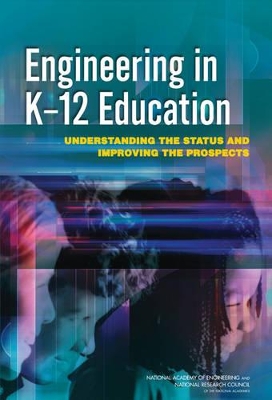
Engineering in K-12 Education: Understanding the Status and Improving the Prospects
No. of pages 234
Published: 2009
Add this book to your 'I want to read' list!
By clicking here you can add this book to your favourites list. If it is in your School Library it will show up on your account page in colour and you'll be able to download it from there. If it isn't in your school library it will still show up but in grey - that will tell us that maybe it is a book we should add to your school library, and will also remind you to read it if you find it somewhere else!
There are 234 pages in this book. This book was published in 2009 by National Academies Press .
This book has the following chapters: 1 Front Matter; 2 Summary; 3 1 Introduction; 4 2 What Is Engineering?; 5 3 The Case for K-12 Engineering Education; 6 4 The Current State of K-12 Engineering Education; 7 5 Teaching and Learning Core Engineering Concepts and Skills in Grades K-12; 8 6 Findings and Recommendations; 9 Appendix A: Committee Biographies; 10 Appendix B: Curriculum Projects - Descriptive Summaries; 11 Appendix C: Curriculum Projects - Detailed Analyses; 12 Index